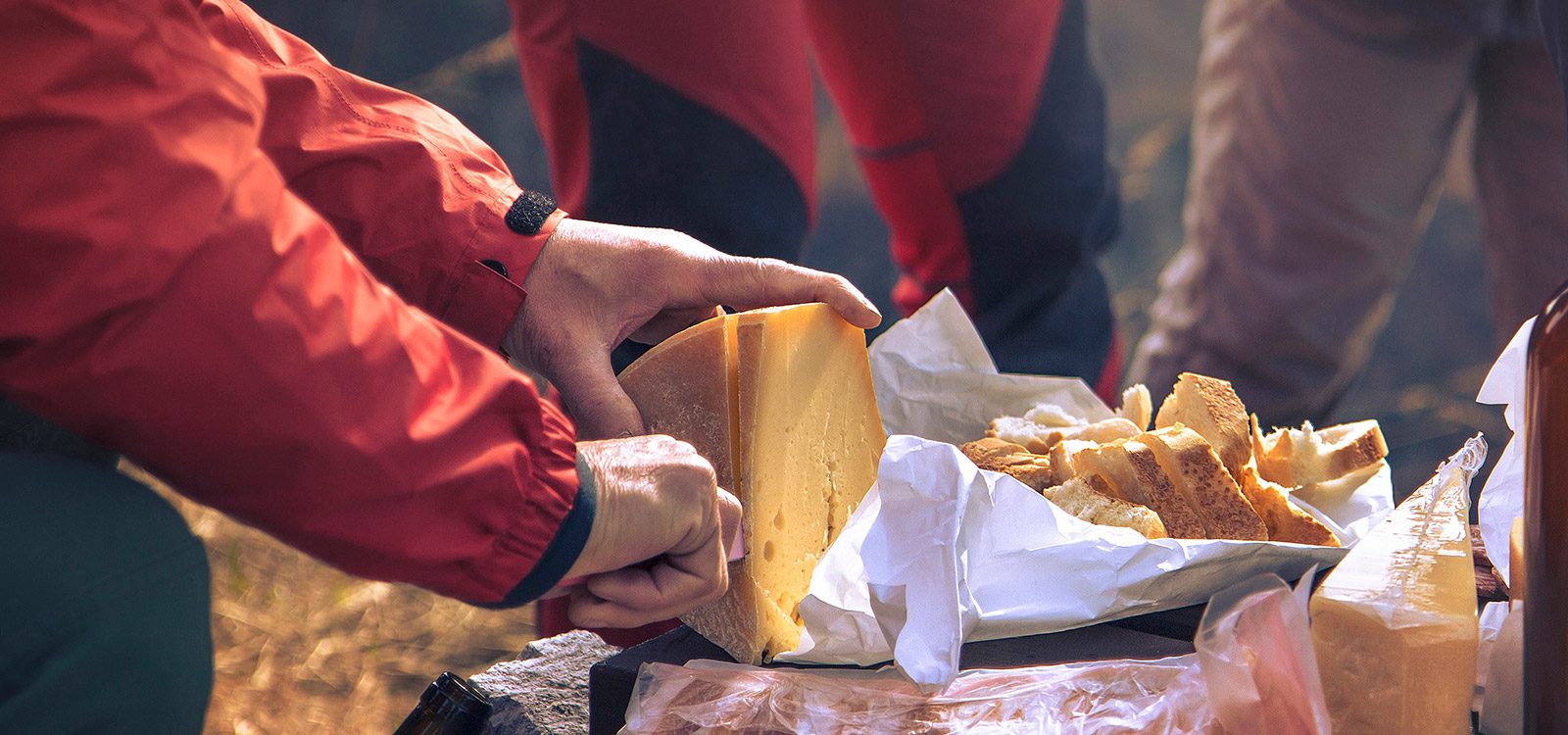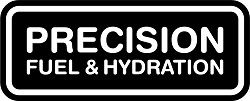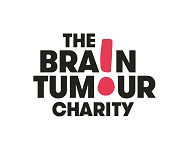Nutrition
Everest in the Alps requires you to train like an athlete and to think like an athlete – and that means fuelling like an athlete too.
Nutrition plays a major part in a successful Everest in the Alps challenge, and if done properly will work in synergy with your physical training. You don’t need to go as far as counting calories as well as counting reps, but with a little knowledge of sports nutrition, you can go a lot further.
A well-balanced training diet will supply your body with the right nutrients it needs, at the times it most needs them, to help you to recover and adapt from your physical training. Proper nutrition will give you the biggest improvements to your health, fitness, and body weight and composition, to get you in peak condition for the challenge.
The bulk of your diet should be based on nutrient-dense complex carbs, such as wholegrains; complete proteins, such as fish; and unsaturated fat, such as nuts and seeds. Processed, sugary and high fat foods (like cakes, milk chocolate and white bread and pasta) should be kept to a strict minimum or removed from your diet completely. The one exception is post-workout, when it is a good idea to consume simple carbohydrate, like white bread, to quickly restore your energy levels. Sports drinks and gels can also provide a boost of energy that you may need during particularly intense or long training sessions.
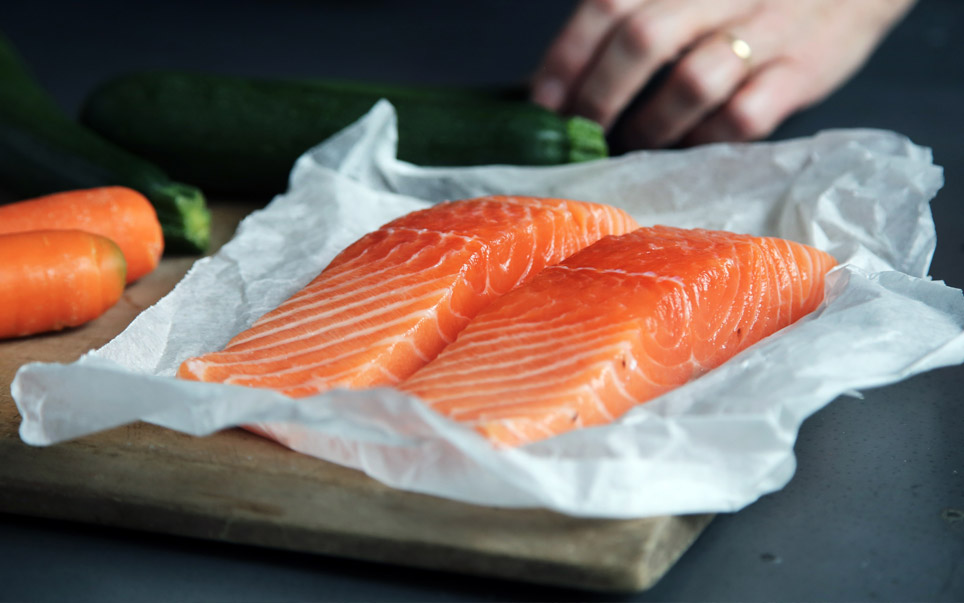
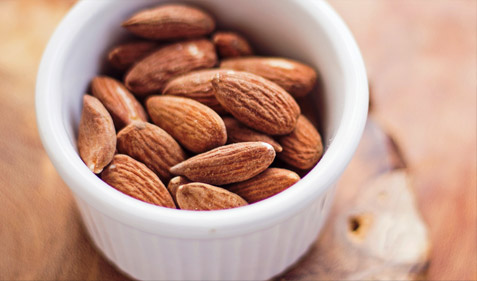
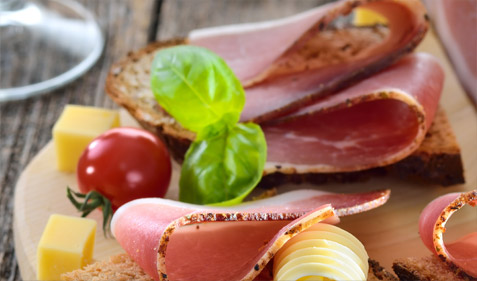
The below list is an example of good food choices:
Carbohydrates
- Wholegrain breads, cereals and wholegrains (e.g. oats)
- Fruit
- Starchy vegetables (e.g. potato)
- Legumes
- Low fat dairy products
Protein
- Lean meat
- Fish
- Eggs
- Nuts
- Grains
Fat
- Oily fish (e.g. salmon, sardines, mackerel)
- Nuts and seeds, including their oils
- Sunflower, rapeseed/canola and olive oils
- Avocados
How the body gets its energy
We use both carbohydrate (in the form of glucose) and fat for energy, but for different energy needs. At low-moderate intensity exercise, the body prefers to use fat as its energy source (although glucose is still used), and at moderate-high intensity, the body prefers to use glucose. This is for the simple reason that glucose is the more readily available form of energy, as fat takes longer to convert, and so when the body needs energy quickly it looks to the fastest source.
Glucose is derived from carbohydrate, which is stored in our muscles and liver as glycogen, and then converted into glucose when the body needs energy. The human body can store around 1500-2000 calories as glycogen before it converts the excess into fat. This is why it’s important not to overconsume carbohydrate.
For most of us, our glycogen stores can supply us energy for 90-120 minutes of moderate-high intensity exercise, before we need to replenish them. At higher intensities, the body cannot simply switch to fat for its energy because it cannot get it at a quick enough rate.
That’s why, if you’re running on “empty” your performance levels will significantly drop off. Remember this simple rule: as physical intensity increases, so does the need for glucose.
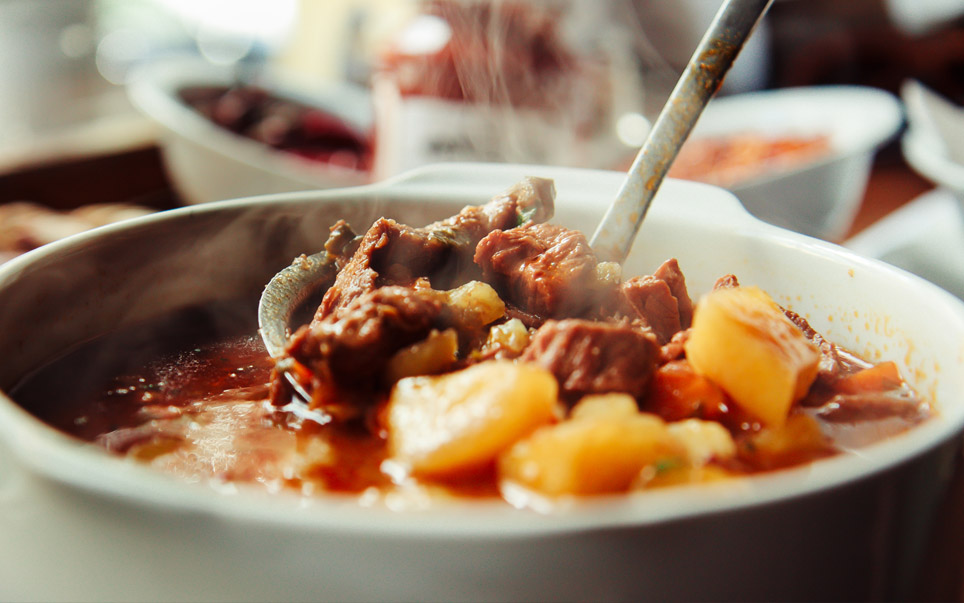
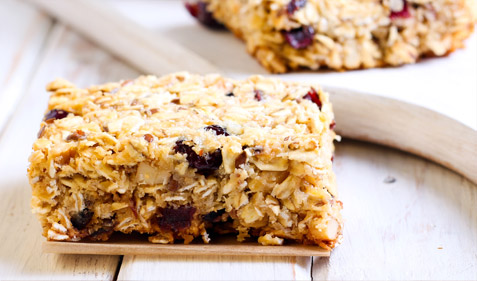

Tailoring your nutrition
The key to a successful sports nutrition plan is to fuel your body for each specific training session. When you exercise at different intensities and volumes, your body has different nutritional needs. It’s best to eat little and often, and essential to always refuel within 60 minutes of finishing any physical training.
Low-moderate intensity
At low-moderate intensity, the body gets a higher proportion of its energy from fat. Therefore, when exercising in the fat-burning zone, you don’t need a lot of carbohydrate, especially not pre-workout, because then carbohydrate will become the body’s preferred source of fuel. This isn’t necessarily a problem, unless one of the goals of your training is to decrease your body fat percentage. There is another benefit to training at low-moderate intensity in a glycogen-depleted state. Conditioning your body to use fat more efficiently will mean that it conserves its glycogen stores to help you last longer. Aim for a low-moderate intake of carbohydrate, with good amounts of fibre, and moderate protein and fat. Ensure a regular intake of fluids to keep you hydrated.
Moderate-high intensity
At higher intensities, it’s necessary to give your body more carbohydrate for energy or your performance levels will drop off. It’s essential that you ensure that your glycogen stores are full by consuming sufficient complex carbohydrate in your meals and snacks 24 hours before your training session. For men, this is an average of 500g of carbohydrate, and for women, 400g. After training, it’s important that you quickly replenish your glycogen. This is when simple carbohydrates, such as white bread and pasta, are good to consume, because they will quickly be converted into glycogen. As training intensity increases, increase your intake of carbohydrate and protein to high-moderate, and fat to moderate. Remember to keep hydrated.
During the challenge
During the Everest in the Alps challenge you will be exposed to altitudes and temperatures that you’re unfamiliar with. You’ll also be wearing different clothes, including several layers, carrying extra gear, and no matter how fit you are, climbing on skis on snow will take a physical toll on you. With all those considerations, it’s vitally important that you don’t neglect your nutrition. In order to fill up your glycogen stores, you should increase your carbohydrate intake in meals and snacks 36-48 hours before the start of the challenge, reducing your intake back to normal levels 24 hours before the start. Begin each day of the challenge with 150-250 calories 20-30 minutes before you start climbing. You should also eat a nutritious snack every 40 minutes, to keep your energy levels up. Hydration is also of paramount importance. Because of the effects of the cold air, it is common for people to not feel thirsty and not realise they’re becoming dehydrated. Avoid this by planning regular drinks breaks, along with your snacks. After each day, ensure that you fully replenish your glycogen stores and aid your recovery with a mix of simple carbohydrate, protein and fat.
For detailed information on nutrition and suggested meal plans, please download “The Essential Guide to Nutrition for Everest in the Alps”.
